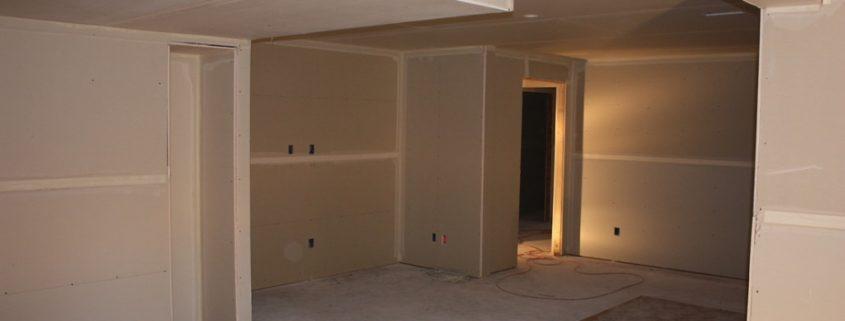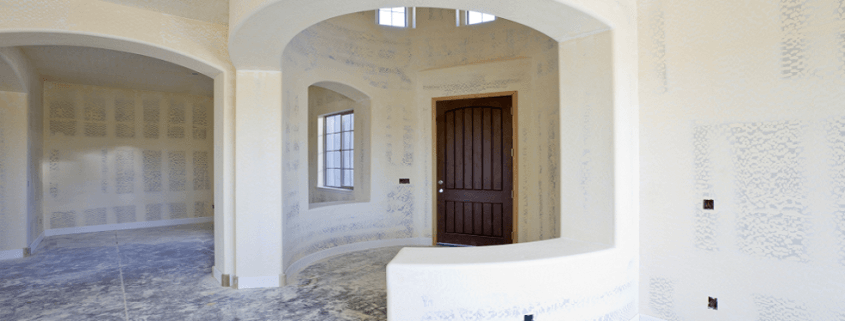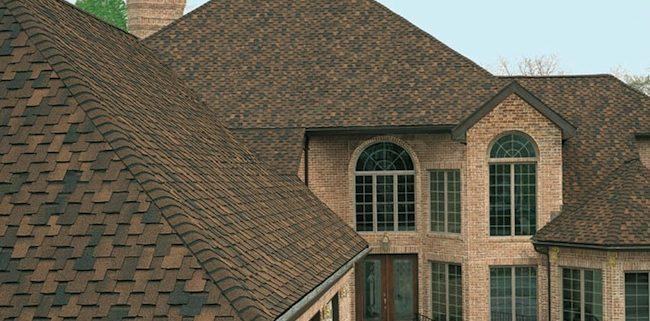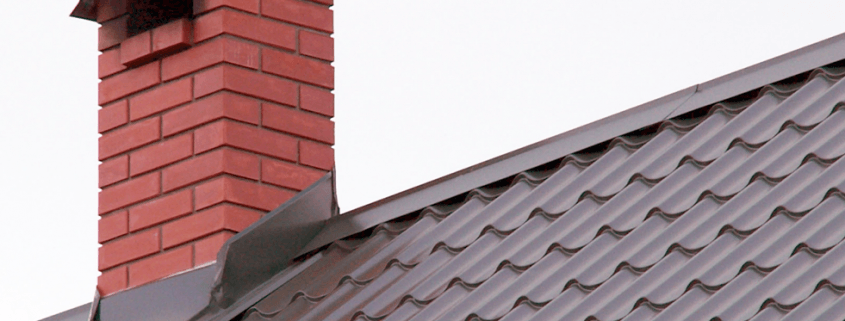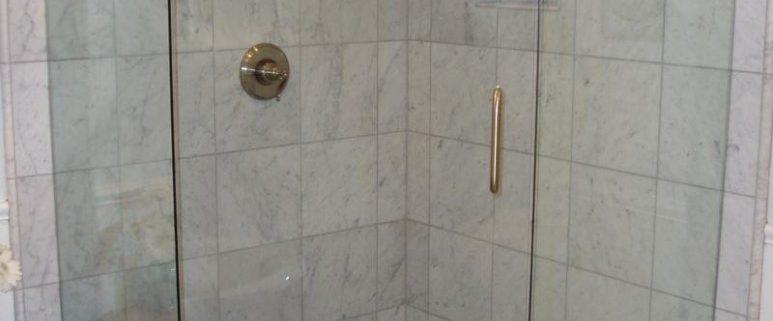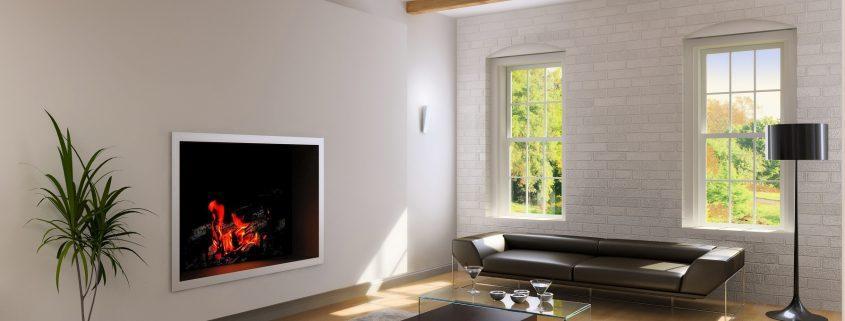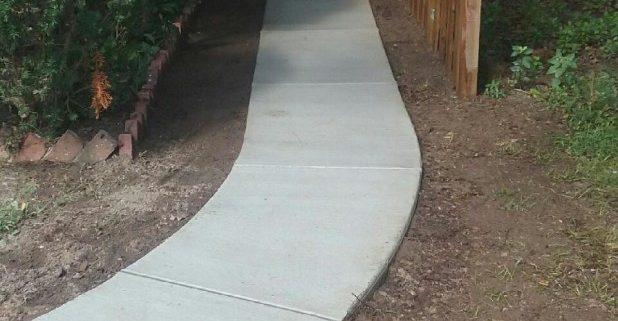Guide to a hipped roof
A hipped roof is defined as a roof with four sides and four water beams. While a gabled roof consists of two sides configured to have the look of a tent, a hipped roof has four sides that are joined in one point or on a ridge at the top. The main difference in the context of a hipped roof and gabled roof is that the former has four water beams.
Geometry
A hipped roof begins with the construction of four water beams and a main beam. If the roof’s construction is that of a square, there should be a main beam and all sides will join at a point of the top. On top of a box will be a main beam that is parallel to the two larger sides. The shape and size of the desired roof sections need to be worked out on paper before beginning construction or framers may find unexpected construction surprises.
Tilt
The slope of the roof determines the size of the beams and the roof finished appearance. The roof pitch refers to the phases of the ceiling, expressed in terms of construction as a number of inches vertical (vertical meters) falling from the roofs on a fan of 12 inches (30 cm) horizontally. A roof down 6 inches (15 cm) to 12 inches (30 cm) horizontal refers to having a beam beams 6/12. When designing a roof hipped, you will make the construction process much simpler if you assign the same beam on the four sides of the roof. While it is possible to vary them, framed very complex situations are created.
Strength
Designing a hipped roof provides advantages when it is windy. Because there are not exposed gable ends, a hipped roof withstands dangerous winds as they tend to flow over the roof rather than into it. When you’re framing a hipped roof, you can further increase their resistance to high winds by incorporating the arms of the beams and a collar system design. The arms of the beams secure the beams in the lower hipped roof joists. The collars are metal strips that are cover around the bases of the joists and secure to the ends of the beams.
Design
The frame design for a hipped roof involves some simple geometry that allows you to determine length of wood you’ll need. You can get a preview of your hipped roof design by drawing a bird’s eye view but you need to take the roof pitch into account when determining the amount of beams you’ll need. Knowing all these steps before you start construction, minimizes waste and gives you better use of your power and time.




